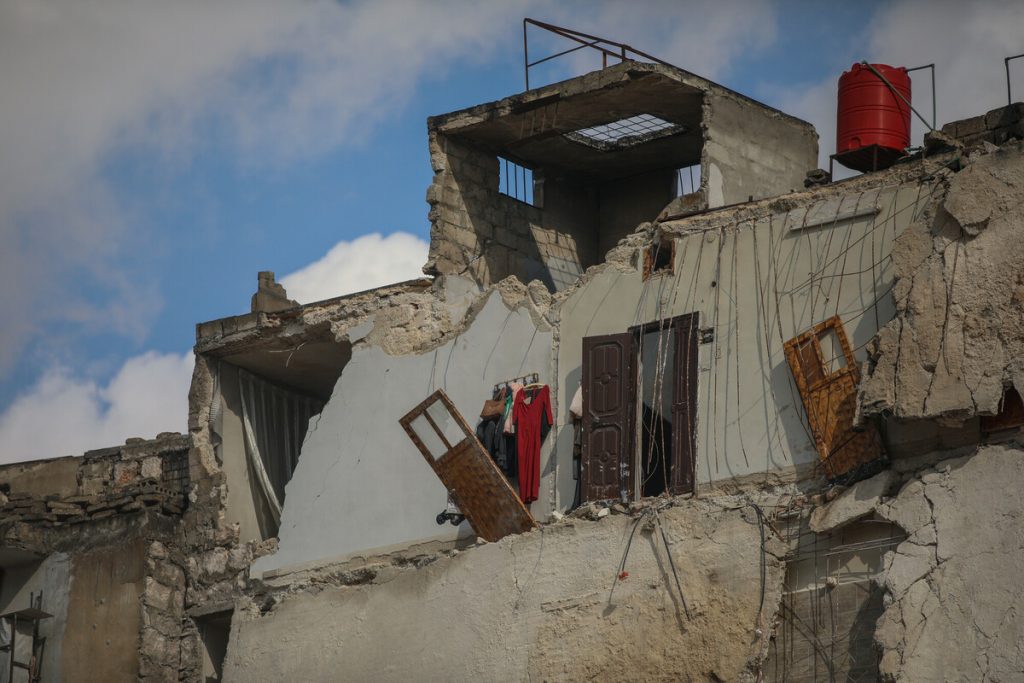The earth is shaking all across Cuba, not only in Havana
While President Obama's visit has put Havana in the spotlight, more remote communities are preparing for earthquakes and natural disasters.
Those who live in La Flora, a community in Baracoa on the Eastern tip of Cuba, have little knowledge of the historic events unfolding in Havana these days.
Meanwhile, everyone in the Caribbean capital is talking about the first visit by a US president to Cuba in 88 years —In banks, on public park benches, in school yards, on street corners in old neighborhoods and in the local bars, everyone has an opinion.
But at the other end of the island, in communities like La Flora that are far removed from national and international politics, people are mostly concerned with making ends meet.
In Havana, these people are referred to as "the people from the interior.”
A literal and figurative fault line that separates the two ends of the island doesn’t make headlines, but it clearly marks a border between the Cuba that captures international imagination and the Cuba that no one will see—it also is the source of ongoing seismic activity.
"What would happen to families who live on the streets or far from the city if they don’t receive this kind of preparation?" Yarima, 29 year-old mother of two, asked when volunteers from the Cuban Red Cross and Oxfam staff deliver earthquake preparation training to her community.
Since January 17th of this year, the earth has been shaking in the provinces of Santiago de Cuba, Guantanamo and Baracoa with unusual frequency. Those who live in this area of high seismic risk, remember the Haiti earthquake in 2010 and how affected people had to run to the mountains with nothing, leaving behind all they had.
If she had to put a name to one of those quakes, like they do for hurricanes and tropical cyclones in the Caribbean, Rosita, from Baracoa, says she would choose a "famous person, but foreign, like Picasso, the Beatles… or Obama!"
Rosita is visually impaired, but she is a well-known figure in Baracoa. She is actually well known in most of Cuba. For years she composed songs for children's shows and competitions that were very popular on Cuban television in the late 1990’s and early 2000’s. Today, her home is where people from the community meet to plan and prepare for natural disasters. She is at the center of weaving a social fabric that can be used as a weapon of first defense when an earthquake hits.
"The real Cuba" "Here, we are designing a plan together with the community—neighbors and neighbors, friends and friends…" says Marlene, a Red Cross volunteer. For almost two years, she has been a facilitator in Baracoa's community project “Prepared and Alert Cities to the seismic risk in eastern Cuba,” funded by the European Union, ECHO, with support from Oxfam, CARE and Handicap International, and in collaboration with local organizations and Cuban civil society. In addition to her job at the local hospital, Marlene spends at least three afternoons or evenings a week raising awareness and building resilience in the most vulnerable areas of Baracoa: La Flora, La Playita, an informal community next to the old baseball stadium. Communities "give another meaning to Baracoa, it’s something you don’t see much anymore," says Marlene. When working with Rosita and other people in the community, including women and children, she feels "at home." "The real Cuba is what you find when your roll up your sleeves and put your hands deep into the realities of the people and their daily lives and struggles. Here you find that there are many needs, but also an incredible potential for transformation." In Baracoa, the earth last shook less than a month ago. In Santiago de Cuba they are still reporting noticeable aftershocks. In Guantanamo, too. Havana may be on the other side of the fault line, but with President Obama’s visit, the Caribbean capital is also shifting. Since 1993, Oxfam has been working with Cuban women and men, local organizations, Cuban civil society, and local government to support processes that reduce inequalities and increase community resilience. Our work is concentrated in the eastern region of the country – the most vulnerable to climate change, natural disasters and the most affected by political and economic reforms. Learn more about Oxfam's work in Cuba, and support us in increasing the resilience of communities vulnerable to climate change and natural disasters.

